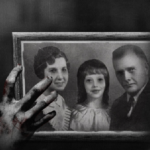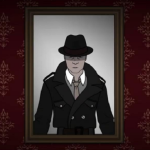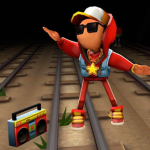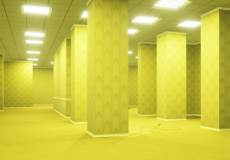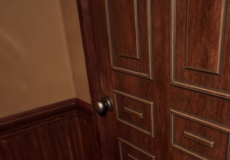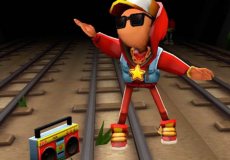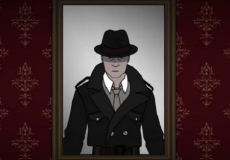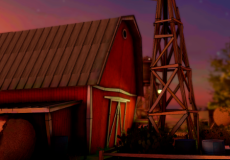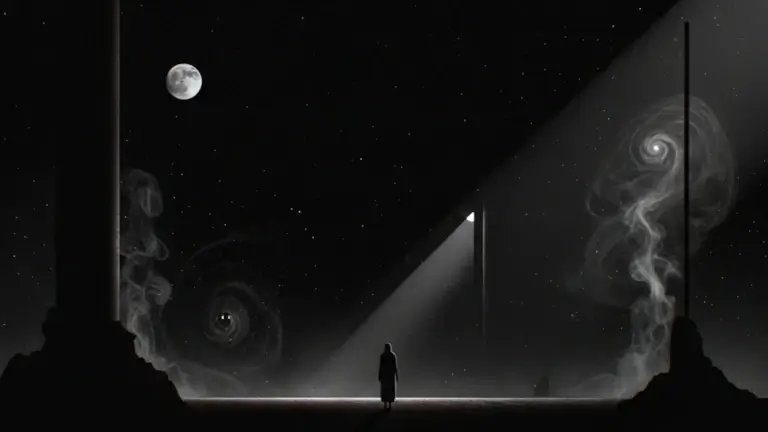

The House
Advertisement
The House begins with a simple goal: explore an abandoned home that holds secrets from the past. The game puts the player in a quiet, decaying structure filled with everyday objects, old photographs, and signs of someone who once lived there. As you move from room to room, the feeling of emptiness shifts into something more uncertain. There is no welcome, but there is a sense that something still lingers in the space. The house doesn’t offer much at first—but the more you look, the more it reveals.
Advertisement
Similiar games
The House begins with a simple goal: explore an abandoned home that holds secrets from the past. The game puts the player in a quiet, decaying structure filled with everyday objects, old photographs, and signs of someone who once lived there. As you move from room to room, the feeling of emptiness shifts into something more uncertain. There is no welcome, but there is a sense that something still lingers in the space. The house doesn’t offer much at first—but the more you look, the more it reveals.
The game is built around slow exploration. There is no rush, no timer, and no guide. Every item can be clicked, examined, or moved. Some actions trigger changes—small at first, then more noticeable. The walls might creak, a door may shut on its own, or a light may flicker even though the power should be off. These moments come without warning and encourage the player to continue searching.
Discovering the Hidden Clues
Each room contains objects that slowly piece together a story. A diary page, a message written on the wall, or an old calendar may give a clue about what happened. There are no cutscenes or long explanations. Instead, the player is expected to learn by watching closely and thinking about the connection between the objects and the changes in the house.
Key things to observe:
· Letters or notes hidden in drawers or behind furniture
· Sound effects that change depending on what you touch
· Pictures that seem to shift as you move around
· Locked doors that open after specific sequences
· Reactions from the environment when certain items are found
These details help guide progress through the house, but never feel obvious. You move forward by paying attention, not by completing missions.
A Space That Changes With Time
What makes The House stand out is how it transforms while you explore. What begins as a still, empty space becomes something unstable. You may revisit a room only to find something has moved or disappeared. The sense of reality starts to bend as more layers of the house’s history are uncovered. Sounds grow louder, lights become less reliable, and objects begin to act on their own.
There are moments when nothing happens for a long time—then suddenly, a small change shifts everything. The game uses silence, repetition, and timing to create its mood. There are no visible enemies, yet the space feels increasingly threatening. It’s not about running or hiding; it’s about feeling the presence of something you can’t name.
The Story Beneath the Surface
The House doesn’t offer a single explanation. What happened in the home is up to the player to figure out. Some clues suggest loss, others hint at violence or sorrow. The timeline is unclear, and not everything can be trusted. You finish the game with more knowledge, but also more questions. The ending does not close the story—it leaves space to reflect on what was real and what may have been imagined.
This game uses a small setting to create a lasting impression. With no loud effects or fast movements, it focuses on mood and attention. The House is quiet, but it invites the player into something deeply personal and strange. You explore the space not just to escape it, but to understand why it feels so alive.
Discuss The House

